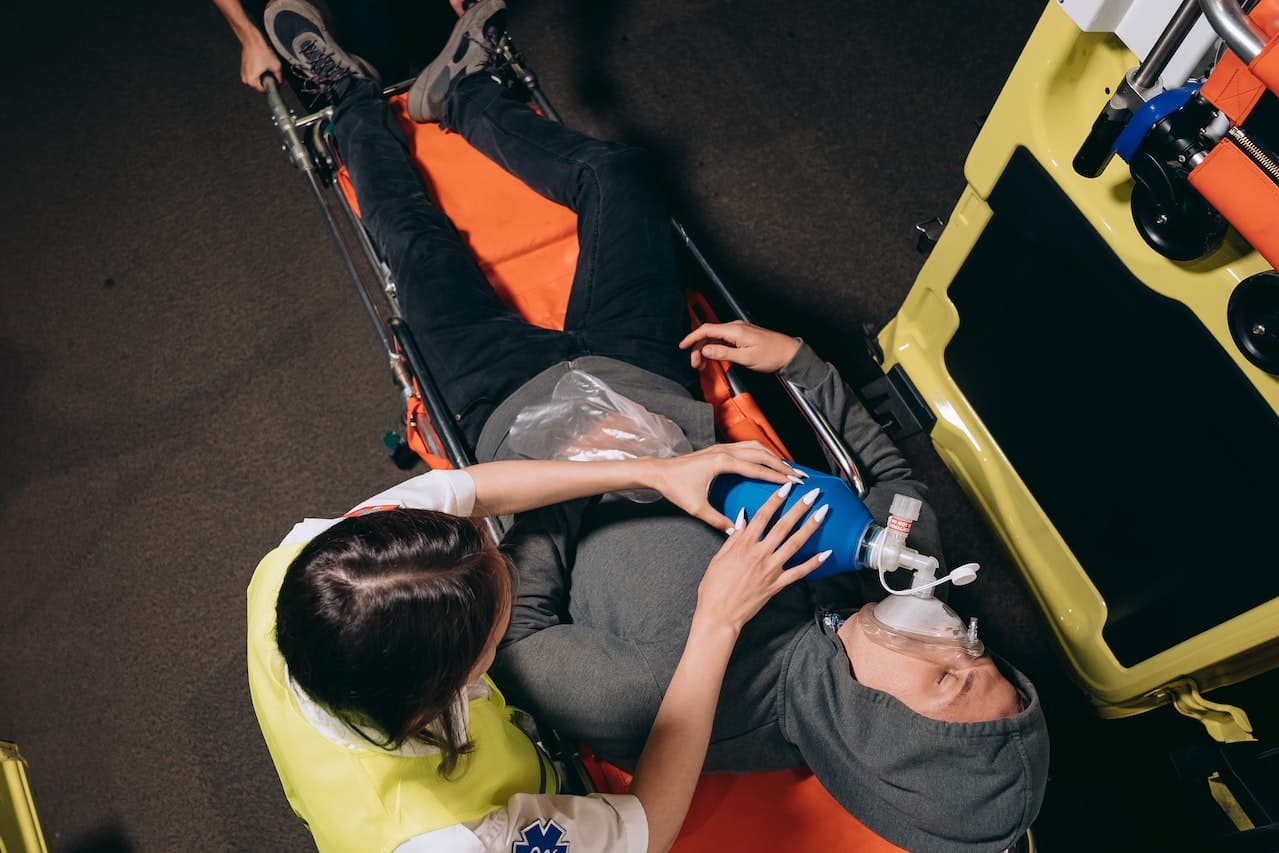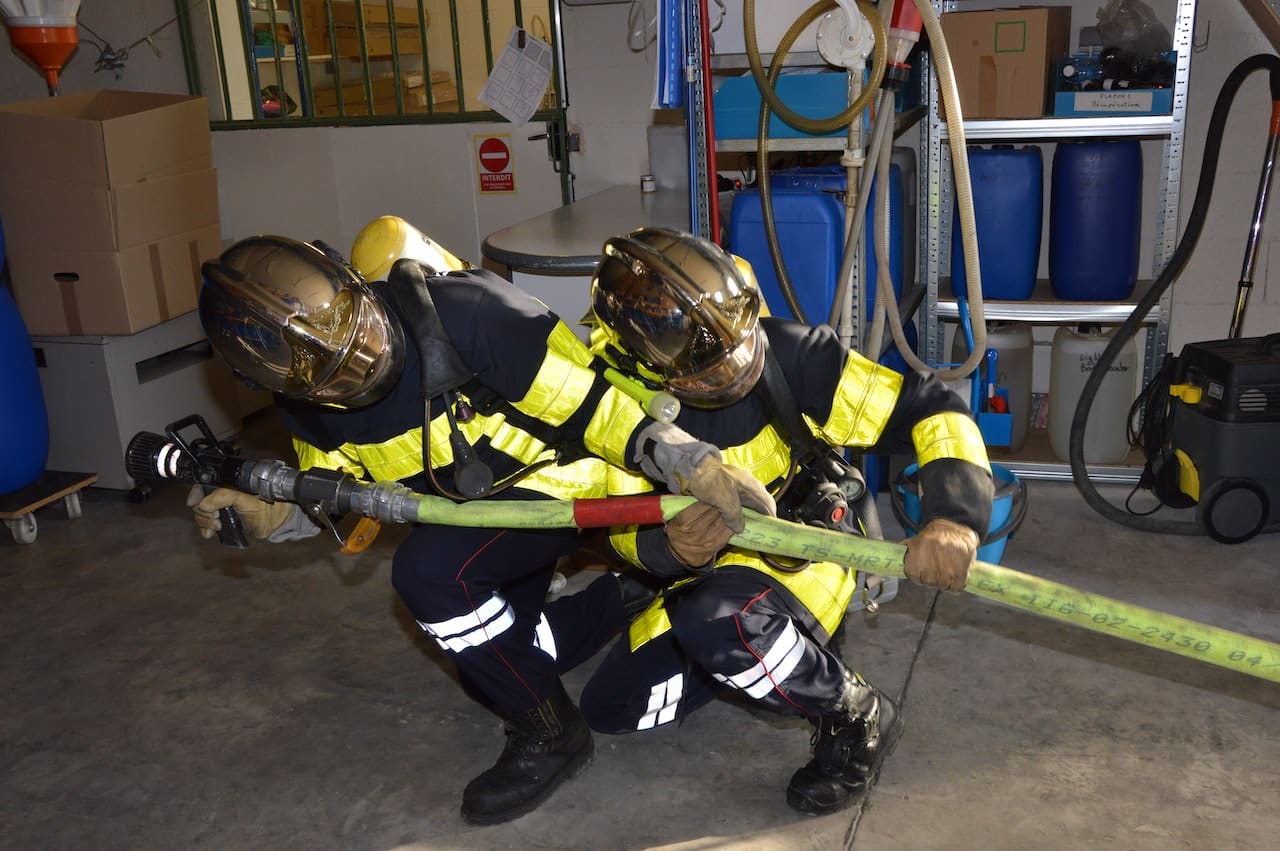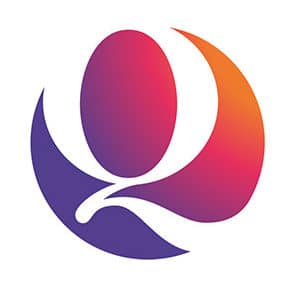
Every business needs to understand accident recording and reporting, and one of the main questions we hear is, ‘How do I report an incident under RIDDOR?’.
So, we wrote this blog to help.
Enjoy!
What Is RIDDOR?
RIDDOR stands for the Reporting of Injuries, Diseases and Dangerous Occurrences Regulation 2013 and is one of the many pieces of UK health and safety legislation.
Sometimes, incidents occur at the workplace that impact the health and safety of the people in it. In the UK, it’s a legal requirement to record and report any accidents or incidents that happen while at work. This includes anyone self-employed and, in some cases, might involve members of the public.
RIDDOR applies to all ‘responsible persons’ in your workplace. The responsible person must correctly keep a record of incidents and injuries that happen at work. Understanding exactly what is required of your business and its responsible people to comply with RIDDOR is vital because failure to act accordingly can significantly impact the people involved as well as your business.
What Needs To Be Reported Under RIDDOR?
RIDDOR legislation covers a wide range of accidents, illnesses and incidents.
Here’s a list of the types of reportable incidents that might occur in your workplace.
Deaths And Injuries
- Death. Any death of a staff member or non-worker, unless the incident is a suicide, must be reported if it was caused by a work-related accident or incident.
- Specified injury. This category covers things like serious burns, fractures to anything other than toes and fingers, amputations and loss of consciousness. If an injury causes a staff member to miss work for more than 7 days, this is considered a major injury and a reportable incident. (If the staff member misses over 3 days, the incident is recordable but not yet reportable).
- Non-fatal accidents to non-workers, such as members of the public.
Occupational Diseases
Certain occupational diseases are likely to have been caused by work or made worse by it. These should be reported by employers and self-employed people and include:
- Carpal tunnel syndrome
- Occupational dermatitis
- Any occupational cancer
- Occupational asthma
Dangerous Occurrences
This term refers to serious near-miss events that could cause injury or disease to anyone in the workplace. There are a whopping 27 categories of dangerous occurrences, including:
- The failure of load-bearing parts of lifting equipment
- The accidental release of a substance that could cause injury
- Any explosion or fire caused by an electrical short circuit or overload
- The release or escape of a biological agent likely to cause severe human infection or illness.
Incidents Involving Gasses
Any business involved in distributing, importing, supplying or filling vessels of flammable gas is subject to particular RIDDOR regulations. They must report an incident if someone has died, lost consciousness or been taken to hospital due to an incident involving the gas using the Report of a Flammable Gas Incident online form.

What To Do If There’s An Accident Or Incident
In 2021/22, around 565,000 injuries occurred at work. Here’s an outline of what you need to do in the event of an accident or incident in the workplace.
1. Alert a qualified first aider and check the area where the incident or accident took place is safe. Do not put yourself at risk.
2. Alert the manager or supervisor that an incident has occurred. If you are the manager or supervisor, you are deemed to be the responsible person, and you must record and report the incident.
3. Record the details of the accident or incident in your Accident Book.
4. Report the incident to RIDDOR. This must happen within 15 days.
How To Report An Incident
Whilst there is a phone line that can be used to report death or serious health and safety incidents, standard RIDDOR reports are submitted directly through the HSE Executive website.
There are 5 different forms to choose from depending on the nature of the event. These are:
- Report of an injury
- Report of a case of disease
- Report of a flammable gas incident
- Report of a dangerous occurrence
- Report of a dangerous gas fitting
And it’s vital that you use the correct form.
RIDDOR forms must be detailed and include the following information:
- The date of the recording
- The recorder’s details, including name, job title and phone number
- The details of the company, including name, address and email
- Location, date and time of the incident
- Details of the people involved, including name and job role
- A description of the injury, illness or incident.
Depending on the nature of the event, there may be an investigation to find out what happened. Providing as much factual detail without bias helps to reduce the risk of a repeat incident or accident.
T100 Compliance Software
There’s a way you can streamline your RIDDOR reporting process, and that’s by using compliance software.
T100 is a scalable, fully supported cloud-based compliance software that provides total control to businesses’ health and safety requirements. It can be used online or through an app on any device, and enables accidents and incidents to be managed in one place, as well as making injuries easily reportable.
What Happens If You Don’t Report Under RIDDOR?
The reporting of injuries, diseases and dangerous occurrences in the workplace is serious. By failing to report qualifiable workplace incidents and accidents, employers are breaking the law.
What happens when you don’t report RIDDOR depends on the seriousness of the event or incident. The courts can dish out prison sentences of up to 2 years for the responsible person and an unlimited fine for the business.
In 2011, Tesco was fined £34,000 for failing to comply with RIDDOR legislation after admitting to not following the reporting procedures at two of its UK stores.
RIDDOR Holds Employers Responsible For Health And Safety
RIDDOR legislation is integral to maintaining good health and safety practices in the workplace because it holds employers accountable for negligence or bad working behaviours.
When you ensure recording and reporting incidents is an essential part of your process, this encourages your people to follow health and safety procedures and, in turn, prevent accidents. Envesca runs a comprehensive IOSH Managing Safely course that delivers everything you need to know about managing health and safety within your workplace effectively.
Looking for training courses both in-house and online? How about consultancy services? Get in touch with us today to find out how we can help.
Find this helpful?
Signup to our email notifications to receive alerts when we publish new blogs. We promise not to spam your inbox, you will just get a short snappy intro to Health and Safety articles we think you will love.
"*" indicates required fields

Health and Safety Secrets for Business Start-Ups
If you’ve got a question or query, please contact our super friendly team, they will be delighted to help you!
Simply get in touch via phone or email.

Free
Resources &
Downloads
Informative. Useful. Practical.
Here at Envesca we believe that we are good at giving proactive, sensible and useful advice. Below you will find some free resources that you can download on a host of subjects that will help you and your business.
Training Available
Envesca offer a number of different training courses, which offer advice and guidance on these topics.






